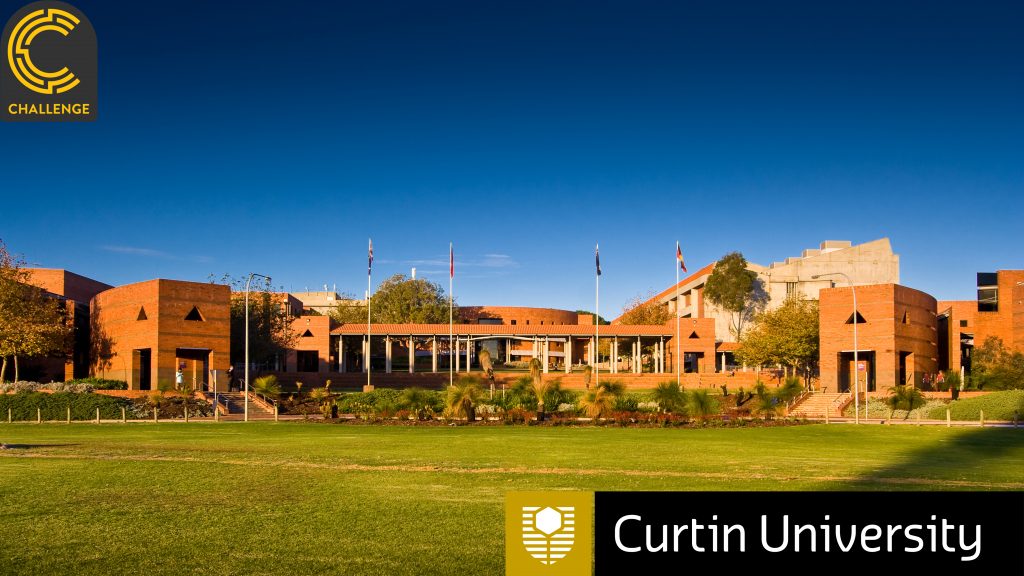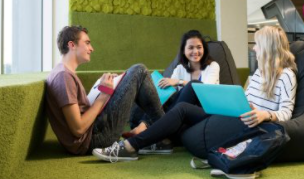Esta web utiliza cookies para que podamos ofrecerte la mejor experiencia de usuario posible. La información de las cookies se almacena en tu navegador y realiza funciones tales como reconocerte cuando vuelves a nuestra web o ayudar a nuestro equipo a comprender qué secciones de la web encuentras más interesantes y útiles.
Balance of the Planet: Online Challenge Platform for Undergraduate Study and Multidisciplinary Collaborative Problem Solving
Description
Institution
Curtin University

Organizations/areas of the university involved
Curtin Learning Innovation and Teaching Excellence Centre
Country
Australia
Link to learn more...
A university-created cloud-based platform, which gamifies individual and team-based learning with students to form multidisciplinary undergraduate teams to create innovative solutions to one or more Sustainable Development Goal challenges.
The main target group is university students from any country. Interested students can form their own team or join an existing team, and bring forth their own creative, innovative and entrepreneurial ideas. Each team uses technology to communicate, conduct research, develop a core solution concept, and create a highly detailed solution that addresses the scientific, social and environmental aspects of one or more of the SDGs. Students can join from any university at any time and share in the work as well as the rewards of the project. The process of team formation and development of a unique concept is highly supported by a business planning framework, which offers students the opportunity to develop the skills and confidence to address globally relevant problems, use advanced communication technologies in collaborative activities, and develop leadership and team membership skills.
We hoped to achieve a new way to think about team learning in higher education, that spans across disciplines, engages students on their own terms, and promotes global competencies with a focus on innovation at the heart of sustainability. The project foundations have been trialled with high school students in 30 countries and are now being modified for adoption into the undergraduate curriculum, helping a university produce sustainability impacts while raising awareness and promoting the SDG framework.
Curtin University has sponsored the creation of the Challenge platform, is now working with Cisco to explore telecommunications innovations such as AI in education and cognitive computing integrated with student learning opportunities. Next steps currently underway include a survey of Curtin curriculum to identify achievement of SDGs and of opportunities where the Balance of the Planet can add value, stimulate new ideas, and assist undergraduate programs in providing global learning opportunities to their students.
Results and impact measured or expected
Significant barriers to adoption are almost always time and personal energy that allows experimentation and initial piloting with minimal outside support. Early adopters need almost no support to get going and get results. Early majority adopters need some local support, recognition and a community (or a feeling of community) in order to take the necessary risks. The stage Curtin University is at now is developing the system supports for allowing the early majority to participate. Overcoming the barriers has been a matter of patience, timing and unwavering executive support.
Connection with the SDG framework
Balance of the Planet is an online system for sponsoring innovative individual and team learning with a focus on SDG solutions. Each student entering the program can make an independent choice about which SDG hold their interest. Teams are then formed around those interests and a contest of ideas is invited to begin. A variety of endpoints and/or rewards are offered by the sponsoring organisations. For example, the Curtin University offers recognition, course credits, and monetary rewards in various cases. Programs offered to high schools have included scholarship awards. New sponsoring entities and groups are encouraged to use the foundation of the Balance of the Planet as a starting point for their own instance of challenge-based learning; the platform is made available at low cost to promote program scalability and sustainability. Over 62,000 students have engaged in programs on the Challenge platform.
Barriers and follow up
Significant barriers to adoption are almost always time and personal energy that allows experimentation and initial piloting with minimal outside support. Early adopters need almost no support to get going and get results. Early majority adopters need some local support, recognition and a community (or a feeling of community) in order to take the necessary risks. The stage Curtin University is at now is developing the system supports for allowing the early majority to participate. Overcoming the barriers has been a matter of patience, timing and unwavering executive support.
Transferability of the initiative
The initiative is highly transferable. Any school or university or organisation wishing to participation may do so at no cost. Any school or university wishing to replicate the process and utilise the online platform may do so a minimal cost. The site is hosted outside of any university and the data is protected as a cloud-based online learning resource.
Education 4 SDG funciona gracias a WordPress


